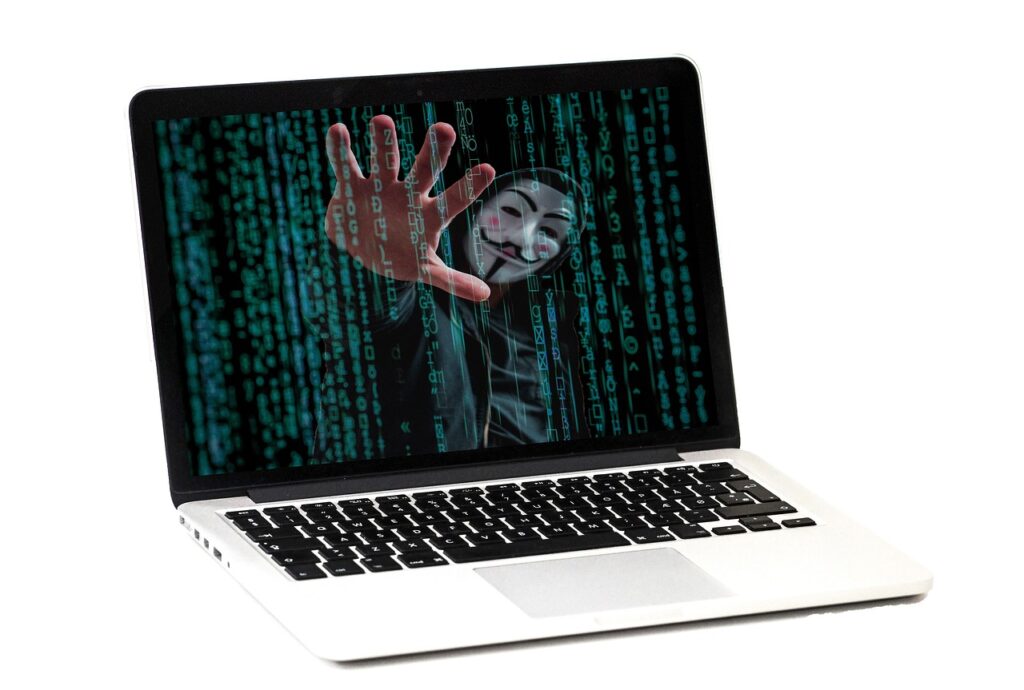1971 saw the first computer virus—Creeper. It harmlessly copied itself and displayed the message “I’m the Creeper, catch me if you can!” Reaper swiftly followed. Its sole aim was to find and delete Creeper and was effectively the world’s first anti-virus. In the decade that followed, the few viruses created were simply experiments to push the boundaries of computer science.
Forty-plus years on, things have changed. While I’m sure some of today’s viruses are still geeks’ pranks, most have a more deceitful purpose. Now known as malware—malicious software—along with viruses, there are worms, Trojans and spyware, designed by criminals to defraud you by stealing your information or taking over your system. Independent testers estimate that hackers and cybercriminals release 55,000 new malware variants released every day.

This sounds scary but, just as Reaper was created to eliminate Creeper, there is now a whole industry devoted to the control of malware and you should take advantage of the tools they provide.
Three simple steps
I suggest a three-pronged approach to safeguarding your computer. Firstly, install and use a regularly updated anti-virus program. You don’t have to pay for this – the makers of respected anti-virus packages also offer excellent free versions. Highly rated are AVG and Avast; both are simple to use and have their virus definitions (the information they use to identify viruses) updated every few hours.
Secondly, be aware that no anti-virus is 100% infallible so some malware will inevitably sneak through. Malwarebytes Anti-Malware is excellent at finding this and cleaning it up. Unlike other anti-virus software, the free version of Malwarebytes doesn’t run all the time so you need to make sure that you scan your system with it on a regular basis.
Thirdly, just take care. Don’t open suspicious email attachments and don’t go to untrustworthy web sites. It’s also good practice to run a quick virus-scan on any file you’ve downloaded from the internet before you use it.
While the majority of malware is designed to attack Windows users, other systems are targetted too. In 2012, Apple dropped claims that Macs can’t get viruses after a widespread Trojan attack. Two years before that, the first Trojan targeted at Android systems was discovered. Yes, even your smartphone can be infected, so make sure you have a good anti-virus on that too!
Big, bad virus monsters
Whatever system you use, you needn’t be scared of malware. As JR Rafael blogged on Computerworld, “a little caution and some common sense will go a long way in keeping you safe from the big, bad virus monsters lurking around our virtual worlds.”

Leave a Reply